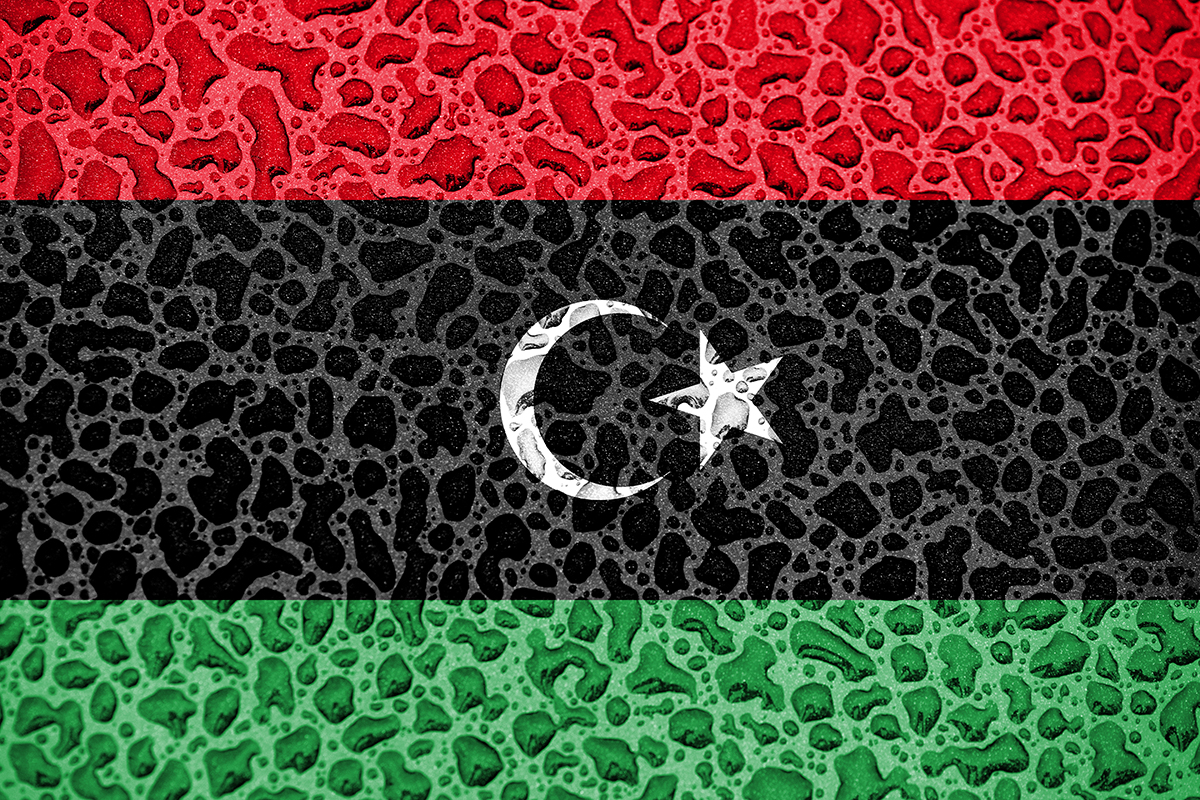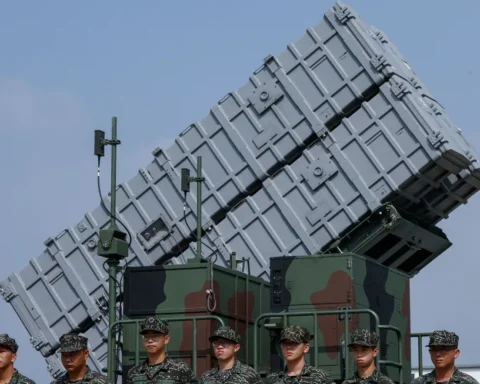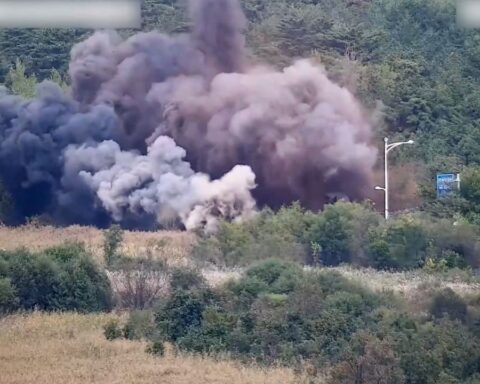Search and rescue operations are in full swing in Libya’s northeastern region following a devastating flood that claimed over 6,000 lives and left 10,000 unaccounted for just days ago.
Social media has been flooded with firsthand footage showcasing the aftermath of the disaster: homes without roofs, vehicles overturned, and vital infrastructure decimated.
Satellite imagery reveals extensive damage in Derna, a coastal city that bore the brunt of the flooding, with buildings decimated by both water and sand. A significant portion of the city’s coastline has suffered erosion.
On Tuesday, the official figures estimated around 5,300 fatalities, with ongoing searches for the missing. As per reports from the United Nations’ International Organization for Migration (IOM) in Libya, over 30,000 individuals are now displaced.
Stories of personal tragedies have begun to emerge. Emad Milad, a resident of Tobruk, recounted to CNN the loss of eight family members in the Derna floods. He lamented, “It’s a disaster. We hope for better times.”
Key Insights:
– Epicenter of the Disaster: The flood primarily affected the northeastern part of Libya along the Mediterranean coast. Derna, roughly 190 miles east of Benghazi (Libya’s second-largest city), faced the worst. With its population of approximately 100,000, vast sections of the city were reportedly submerged. Hospitals have reportedly ceased operations. Additionally, the breach of two dams worsened the situation, sending torrents towards Derna.
– Political Landscape in Libya: The country’s vulnerability to such calamities is heightened by its fragmented political structure. Since the fall of dictator Muammar Gaddafi in 2011, two rival factions have emerged. The UN-backed Government of National Unity (GNU) operates from Tripoli, whereas commander Khalifa Haftar’s Libyan National Army (LNA) controls the eastern region. The flood-affected Derna is under Haftar’s domain. Allegedly, prior warnings of the impending storm were not adequately heeded by the eastern authorities, pointing to Libya’s unpreparedness for natural disasters.
– Aid and Assistance: Countries including Egypt, UAE, Turkey, Italy, and Algeria are dispatching humanitarian aid. Given the political divide, there’s complexity in aid distribution. While most nations are directing their aid to Benghazi, closer to Derna, Algeria has opted to send help to the UN-recognized government in Tripoli. The International Federation of Red Cross and Red Crescent Societies (IFRC) in Libya claims that the political situation hasn’t hindered their operations.
– Catalyst of the Flood and Climate Change: The unrelenting rains that wreaked havoc across Libya’s northeast were due to a potent low-pressure system. This system previously caused significant flooding in Greece before evolving into a medicine in the Mediterranean. Rising ocean temperatures globally, a consequence of greenhouse gas emissions, have raised the Mediterranean’s temperature above norms. This, in turn, likely intensified the storm. Leipzig University’s climate scientist, Karsten Haustein, emphasized that warmer waters intensify rainfall and storm ferocity.
The tragic flooding in Libya underscores the escalating challenges nations face amidst changing climate patterns. As Libya grapples with its immediate aftermath, the larger question emerges: How can countries, especially those with political divides or limited resources, adequately prepare for and respond to such unprecedented natural disasters? The world watches, extending help and hoping for resilient solutions to avert similar future catastrophes.







